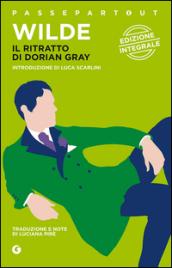
Il ritratto di Dorian Gray
Oscar Wilde
Il ritratto di Dorian Gray: Malgrado tutte le sue provocazioni, gli sberleffi e gli attacchi alla morale costituita, "Il ritratto di Dorian Gray" ha molto della storia con una morale bene in vista. Il finale, infatti, mostra il peccatore che, pentito delle sue azioni, attacca, a suo rischio e pericolo, la vera natura della sua oscura perfezione. Siamo, insomma, in pieno Romanticismo nero, dalle parti de "L'uomo della sabbia" (1815) di Hoffmann o di "Scarpette rosse" (1845) di Andersen, che lo scrittore irlandese aveva ben presenti. L'ossessione per la bellezza conduce all'abisso ma quel sentiero, scosceso e esaltante, è necessario percorrerlo fino in fondo. Introduzione di Luca Scarlini. Despite all his taunts, jeers and moral attacks constituted, "the picture of Dorian Gray" has a lot of history with a moral right in sight. The final shows the sinner, repented of his actions, attacks, at his own peril, the true nature of his obscure perfection. We are, in short, in full black Romanticism, from parts of "the Sandman" (1815) of Hoffman or "red shoes" (1845) by Andersen, who the Irish writer had in mind. The obsession with beauty leads to the abyss but that trail, steep and exhilarating, you must follow it to the end. Introduction of Luca Scarlini.
Prodotto fuori catalogo
Dettagli Libro
- Titolo: Il ritratto di Dorian Gray
- Autore: Oscar Wilde
- Curatore:
- Traduttore: Piré L.
- Illustratore:
- Editore: Demetra
- Collana: PASSEPARTOUT
- Data di Pubblicazione: 2016
- Pagine: 315
- Formato:
- ISBN: 9788844045944
- Bambini e ragazzi - Narrativa
Libri che ti potrebbero interessare

THE PLAYS OF OSCAR WILDE
Wilde Oscar
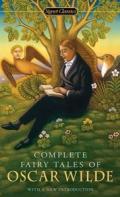
Complete Fairy Tales of Oscar Wilde
Oscar Wilde
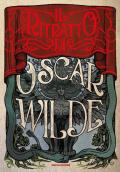
Il ritratto di Oscar Wilde
Oscar Wilde
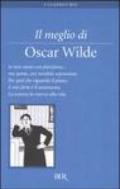
Il meglio di Oscar Wilde
Oscar Wilde, Maria Gallone, A. Rossetti

Oscar Wilde, The picture of Dorian Gray
M. L. Lolli Pozzi, Oscar Wilde
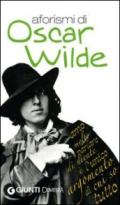
Aforismi di Oscar Wilde
Wilde Oscar

Aforismi di Oscar Wilde
Wilde Oscar

OSCAR WILDE'S SHORT STORIES - EBOOK ND
WILDE OSCAR - HEWARD VICTORIA

Aforismi. Oscar Wilde
Oscar Wilde
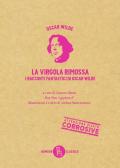
La virgola rimossa. Tutti i racconti e l...
Oscar Wilde
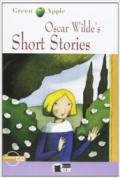
Oscar wilde's short stories. Con CD
Oscar Wilde

Table talk. Oscar Wilde racconta
Oscar Wilde






